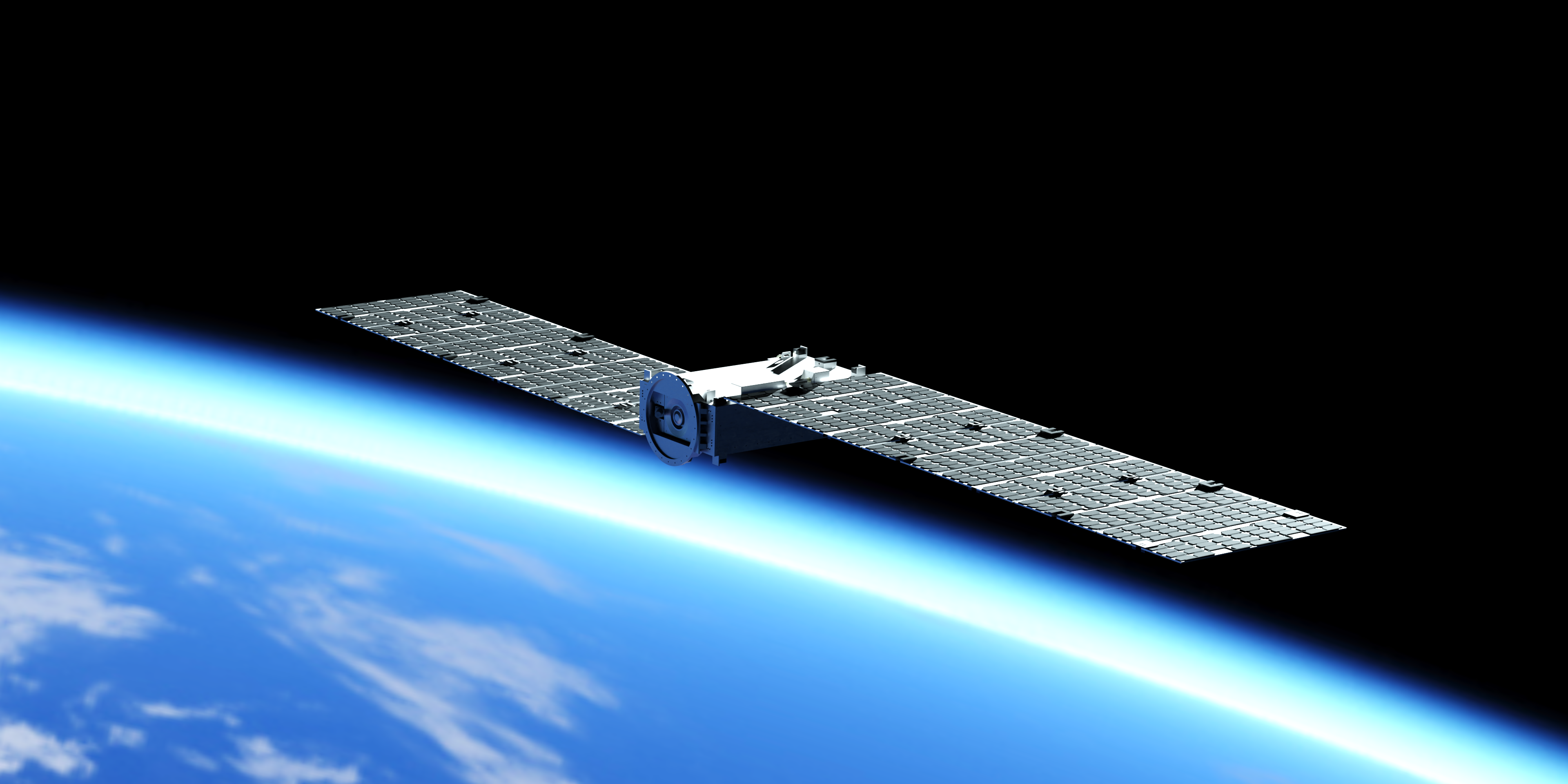The aerospace industry continues to rapidly grow and maximize its presence in the global market, this has a direct impact on the state of the smallsat market and its future prospects. A smallsat is a satellite that weighs less than 500kg’s and in the case of CubeSats, they can weigh as low as 10kg’s. Smallsats can be used for various purposes including, communications, Earth observation, imaging and agriculture monitoring. Among these communications is the most widely used function of a small satellite, however the current rise of curiosity towards the planet sees a lot of Earth Observation satellites being manufactured. mu Space Corp, an aerospace manufacturer and satellite internet provider, manufactures its own smallsat, the mu-B200, which is now in the pre-sale market for $4 million. Vertical integration is the strategy that mu Space uses to manufacture its satellite, the in-house production occurs at the companies space factory, Factory 1. This piece will look into the overall state of the smallsat market, vertical integration within the industry and the effects of Covid-19 on the market.
The smallsat industry is expected to grow significantly over the next decade and that is due to the rise in the demand for telecommunication solutions, earth observation solutions, among other functions. The industry, according to a report by Research and Markets, is set to rise from a $3.1 Billion valuation to a $7.4 Billion valuation by 2026. The commercial sector and governmental sector make up the largest part of the market share for this industry, with projections from Euroconsult stating that the commercial sector will take over the governmental sector in the near future. The same report by Euroconsult also states the projected value of the manufacturing and launching industry, at $54.2 Billion in the upcoming decade, with 13,910 satellites projected for launch.
Vertical integration, or in-house production, have been on the rise among the smallsat manufacturing industry, according to the statistics provided by Euroconsult, in-house manufacturers will control large share’s and units in relation to the market. There are two different types of vertical integration, upstream and downstream. Upstream vertical integration involves the manufacturing side, while downstream integration involves the launch and services provided post-launch. The advantage of vertical integration is that they allow economies of scale, by increasing the number of productions the company can save on costs. Additionally, vertical integration also allows for a faster innovation cycle, thus allowing the latest technology and highest quality product to be in the market. The mu-B200 satellite manufactured by mu Space Corp is built in-house at the company’s factory, known as Factory 1. This smallsat weighs around 200kg’s, this range of weight, according to Euroconsults numbers, accounts for around 53% of smallsats being built in-house, thus showing that the majority of smallsats built from the 51-250kg range are built through vertical integration.
The pandemic has devastatingly affected many industries all over the world, however regardless of early overestimations, the smallsat industry has barely been affected by the pandemic, and is far off the scale from early predictions. The biggest consequence in the satellite industry has been the supply chain, however the majority of smallsats being produced are in-house, therefore not being largely affected by the supply chain issues. The demand for smallsats continue to grow, and are predicted to continue to hit higher numbers. mu Space, has put their plans into action to expand their facilities in order to accommodate the production of more satellites.







